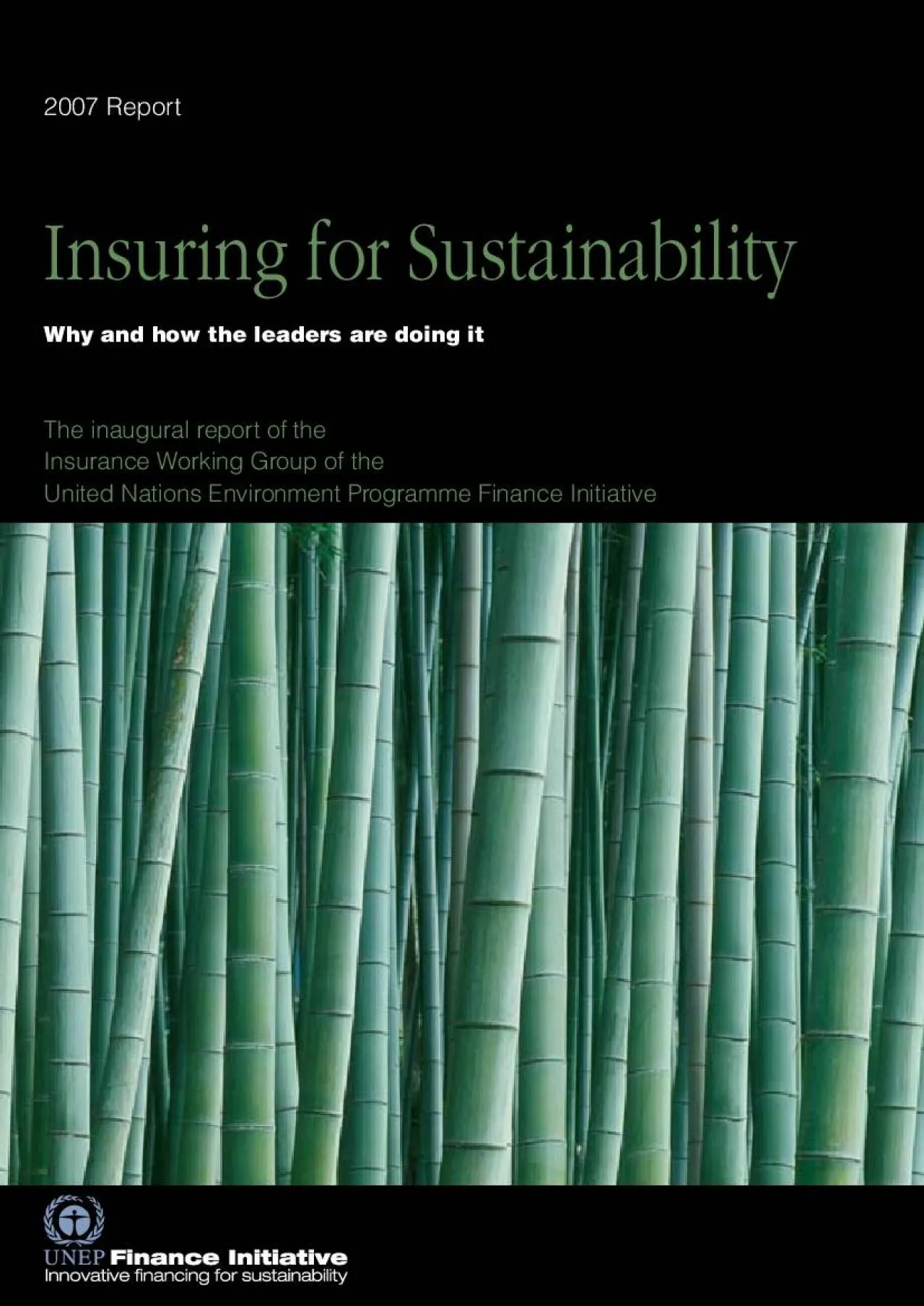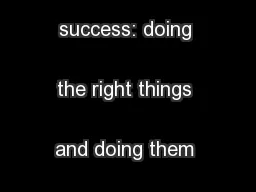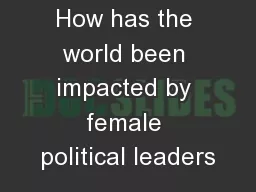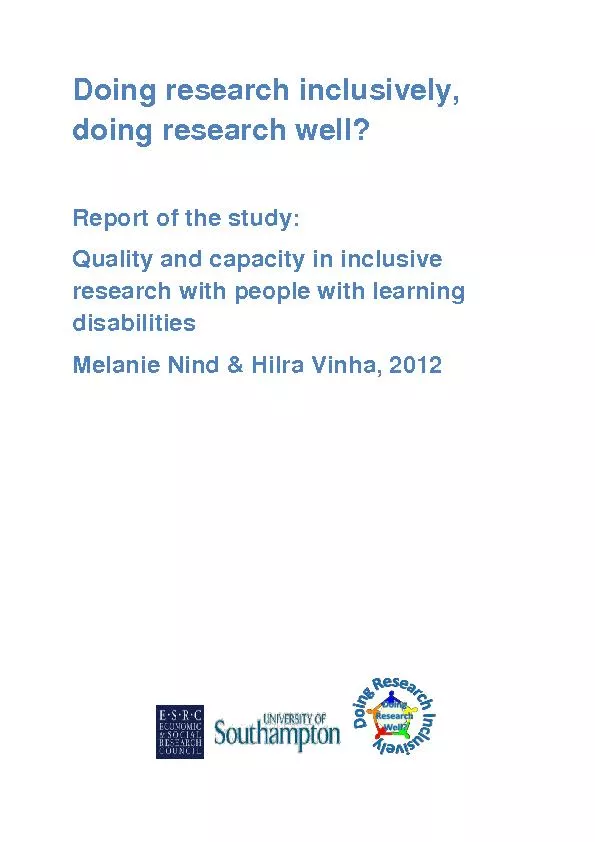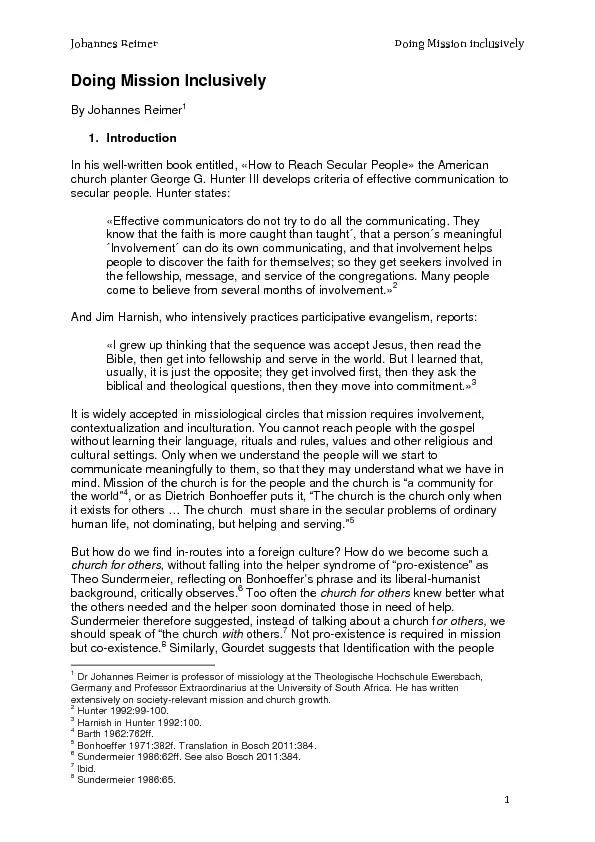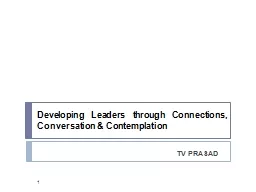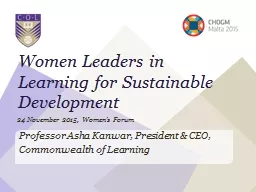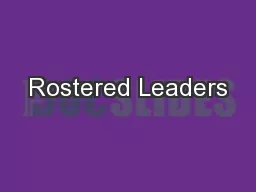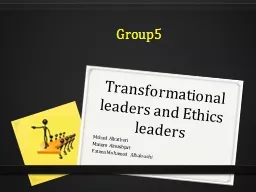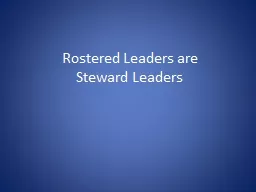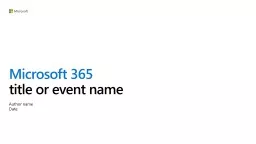PDF-Why and how the leaders are doing it
Author : bella | Published Date : 2021-10-08
7MessageThe United Nations Environment Programme Finance Initiative UNEP FI has demonstrated how a publicprivate partnership can work In 2006 after successfully
Presentation Embed Code
Download Presentation
Download Presentation The PPT/PDF document "Why and how the leaders are doing it" is the property of its rightful owner. Permission is granted to download and print the materials on this website for personal, non-commercial use only, and to display it on your personal computer provided you do not modify the materials and that you retain all copyright notices contained in the materials. By downloading content from our website, you accept the terms of this agreement.
Why and how the leaders are doing it: Transcript
Download Rules Of Document
"Why and how the leaders are doing it"The content belongs to its owner. You may download and print it for personal use, without modification, and keep all copyright notices. By downloading, you agree to these terms.
Related Documents

